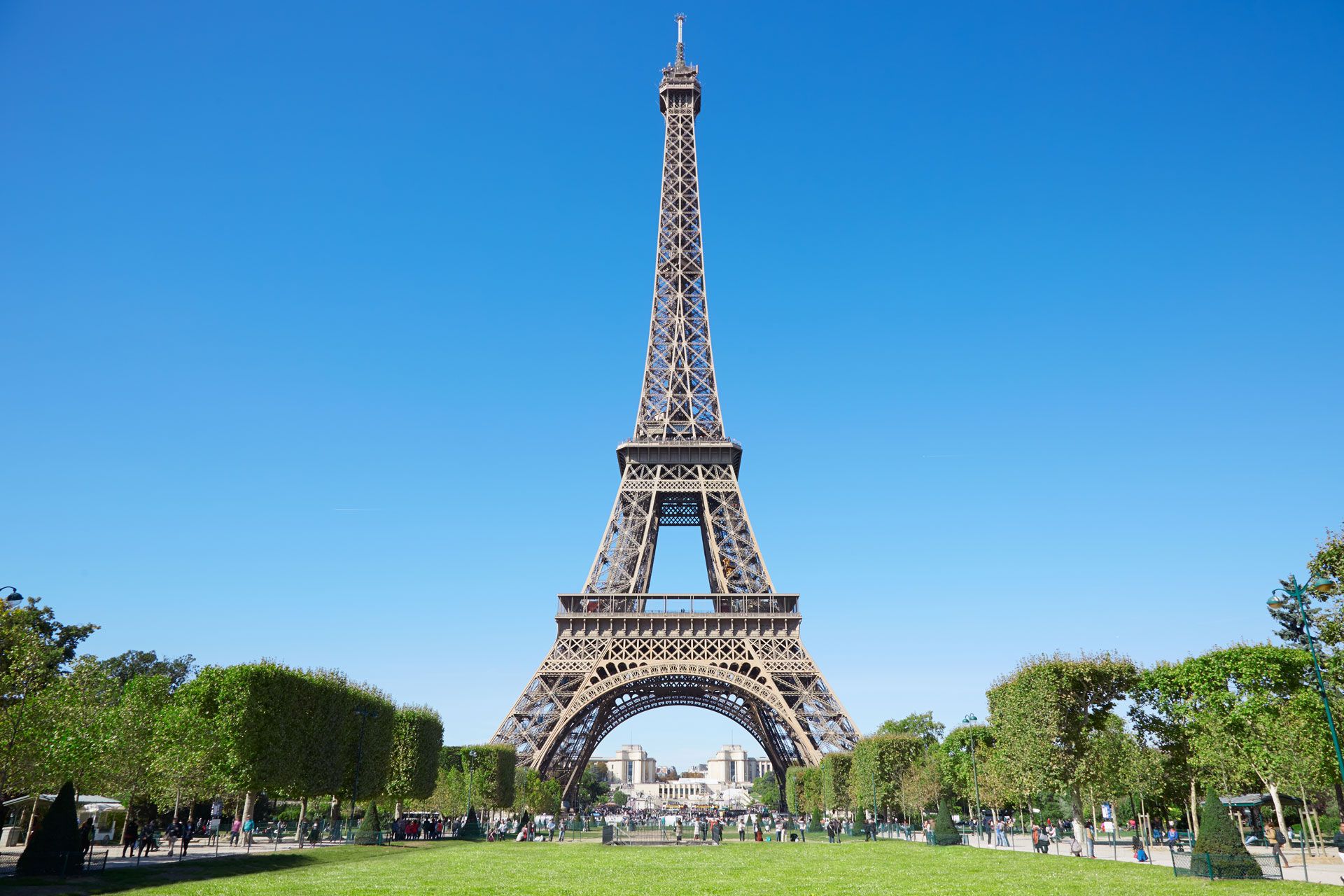
France and ITU: Broadcasting innovation from the Eiffel Tower
By Frédéric Sauvage, Chair, ITU Council 2024
The French Republic played a central role in founding the International Telegraph Union – the first incarnation of the International Telecommunication Union (ITU), the oldest intergovernmental organization with a global mandate. Today, the partnership between France and ITU continues driving international cooperation and shaping the future of global communications and technologies.
This story begins in Paris, on the banks of the Seine at Quai d’Orsay, on 17 May 1865, when representatives from 20 sovereign states gathered for a meeting chaired by France’s Foreign Minister Édouard Drouyn de Lhuys.
Gathered in the ministry’s ornate Salon de l’Horloge, they signed the first International Telegraph Convention, and ITU was established.
This milestone is celebrated annually as World Telecommunication and Information Society Day (WTISD).
Eiffel and his tower
France’s connection to ITU, of course, goes far beyond that founding moment.
An iconic landmark, the Eiffel Tower, still looms over the Champ de Mars in Paris thanks in large part to the emergence of radio – a vital technology coordinated and regulated through ITU since 1906.
The tower, erected for the 1889 Paris Exposition, was originally meant to stand for just 20 years. With the lease for the site set to expire in 1910, the tower faced an uncertain future.
However, Gustave Eiffel, the French civil engineer responsible for the iconic structure, had other ideas. Determined to prevent its demolition, Eiffel championed the tower’s use for scientific purposes.
The French Army’s Engineering Corps, led by Captain Gustave Ferrié, began conducting experiments in radiocommunications from the tower. By 1908, their transmissions reached as far as 6,000 kilometres.
The subsequent establishment of a permanent station beneath the site – a bunker, in fact – solidified the Eiffel Tower’s role as a critical piece of national communication infrastructure.
Radio Tour Eiffel put out news and concert programmes until 1940. To this day, the tower serves as a vital radio broadcast transmitter.
Legacy of innovation and cooperation
Radiocommunications redefined the Eiffel Tower’s purpose, ensuring its preservation.
That legacy reinforces France’s close association with ITU – an organization that continues shaping the future as today’s United Nations agency for digital technologies.
The Radio Regulations treaty, maintained by ITU for nearly 120 years, governs the use of the radio-frequency spectrum and satellite orbits.
France remains one of ITU’s top financial supporters and participates actively in the life of the organization. It chaired ITU’s Council Working Group on Strategic and Financial Plans and was Vice-Chair of the Council Working Group on Languages.
French delegates are actively involved in the work of study groups across the ITU’s three sectors: radiocommunication, standardization, and development.
Through participation in radiocommunication (ITU-R) and standardization (ITU-T) working parties, France contributes to the harmonization of regulations and standards related to space and satellite systems, optical fibre networks, and mobile communications worldwide.
From the historic signing in the Salon de l’Horloge to the radio station that saved the Eiffel Tower, the shared history between France and ITU exemplifies innovation and leadership. The same spirit drives France’s cooperation on issues from environmental sustainability to artificial intelligence (AI), as we continue working together with ITU to shape global connectivity for a better future.
Header image credit: Adobe Stock
